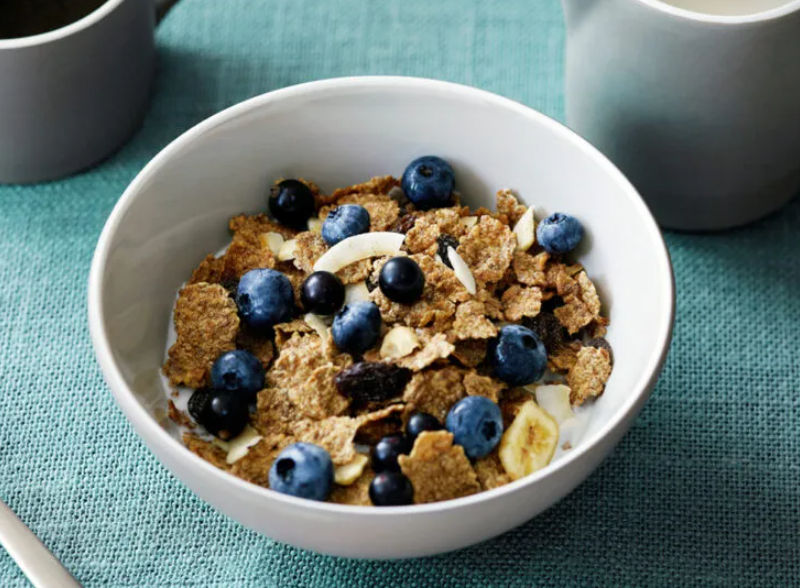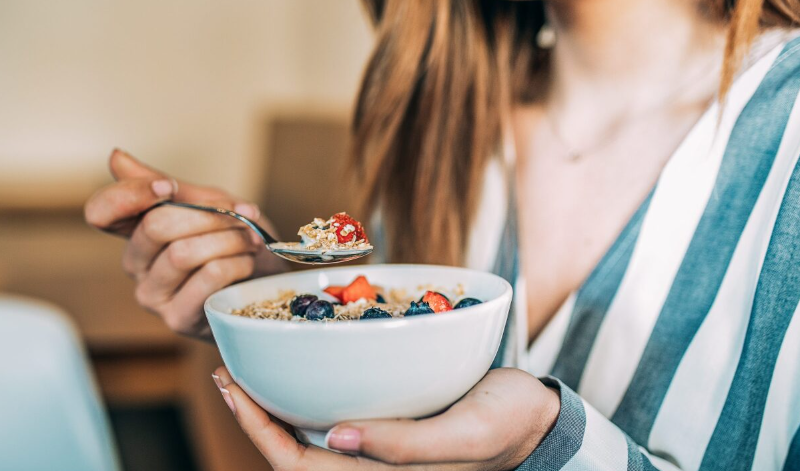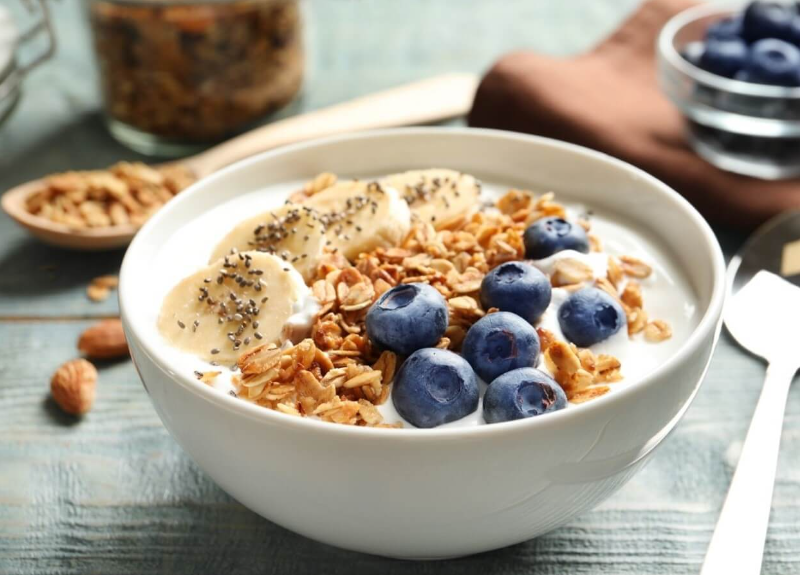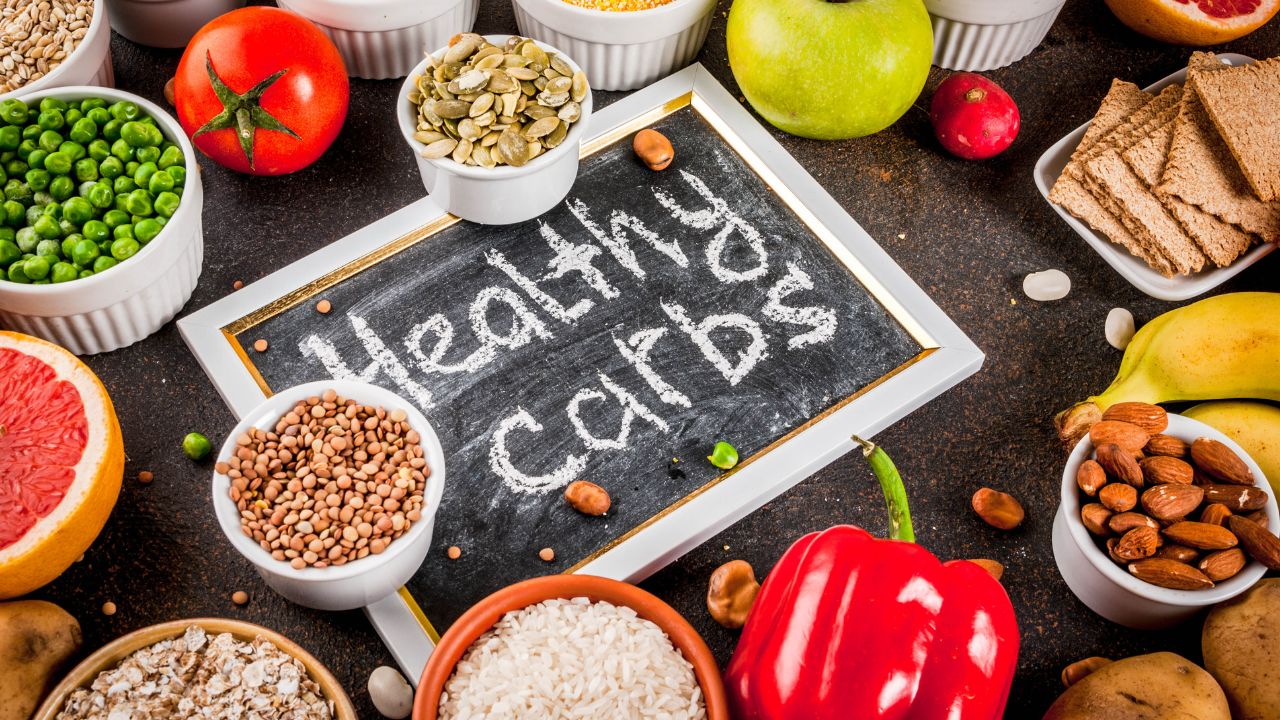Breakfast is the most important meal of the day; you’ll hardly find a well-balanced diet that doesn’t include it.
It’s what offers the body the essential nutrients to kickstart the day, and many also believe it can aid in losing weight.
However, the type of breakfast you choose to eat plays an important role in this being true.
Out of all the foods you can pick to start your day with, cereal is perhaps the best option.
However, many commercial cereal brands come with high sugar content, so this breakfast food has gained a bad rep today.
The thing is, not all grains are created equal, so there are plenty of healthy options that you can include in your diet.
1. How Do You Know If a Cereal Is Healthy?

The breakfast aisle of grocery stores is packed with vibrant boxes decorated with adorable characters meant to appeal to children.
They are also marked with assurances for adults like “whole grains” or “reduced sugar.”
The truth is, a lot of them are just boxes full of processed ingredients and a few vitamins added to make them seem nutritious.
You’ll need to look past the “beautiful pack” to find a healthy breakfast option.
This includes taking a few key factors into account, like added sugars and fibre.
Look for a Product With a Whole Grain Base
When shopping, you’ll want to look for a healthy cereal labelled as “100% whole grain” or one that has a whole grain base.
These include whole-grain corn, brown rice, millet, quinoa, buckwheat and sorghum.
Check the ingredients list to see how much whole grain it contains – the higher the number, the more certain you can be that the product is mostly whole grain.
Whole grains contain a lot more fibre than refined grains, like white flour.
Processed grains are submitted to a milling process that causes them to lose much of their fibre content.
Fibre is extremely beneficial for digestion and your gut health.
It also helps keep you satisfied for longer, meaning a bowl of whole-grain cereal for breakfast can help hold you over until lunch.
Watch the Sugar Content
Make sure the product you choose has low or no added sugar.
Check the nutrient list and look for 6 grams or less of added sugars per serving.
Be aware of other names used to list sugars such as syrups (like corn syrup and brown rice syrup), sucrose, fructose and maltose.
Remember, you can always sweeten your bowl by adding fresh, frozen or dried fruit or a healthy sugar substitute like stevia.
Stay Away from Sodium
Salt in cereal may sound weird, but it’s often included in many products to improve their sweetness.
That is because sugar and salt go together and manufacturers tend to add sodium to their cereals to further enhance the sweetness of foods.
That said, look for a grain-based product with a serving containing no more than 140 milligrams of sodium.
If you have kidney problems or high blood pressure, aim for an even lower number.
Check the Fats
Most breakfast grains generally don’t come with added fat.
Still, if you’re eyeing a product that lists fat on its nutrient list, make sure it comes from “good” fat sources such as seeds and/or nuts.
Consider the Amount of Protein
Grains usually aren’t a good source of protein.
And although grain-free options generally contain a high-protein content, they can be more expensive and often contain more processed ingredients.
Protein becomes more crucial as we age because it’s essential for preserving muscle mass.
You don’t have to obtain it from the cereal itself, though. Soy or dairy milk both contain a good amount of protein.
If you are intolerant to milk or simply don’t like the taste, you can try mixing your cereal with yoghurt.
For those with mild lactose intolerance, Greek yoghurt might be more tolerable.
Stay Away from Artificial Ingredients
You’ll also want to avoid breakfast options containing artificial ingredients, such as artificial colourings and flavourings.
Your body doesn’t need any of these things. You can add natural flavours to your cereal by adding fruit or spices.
What Are the Benefits of Having Cereal for Breakfast?

In a world where processed foods are the norm, consuming high-fibre foods is getting harder and harder.
Eating a bowl of healthy cereal in the morning will help ensure that your body will get its daily dose of dietary fibre.
And the high nutrient and mineral content of healthy breakfast grains guarantees that your body gets the nutrition it needs to stay healthy.
Lack of time is one the main reasons that prevent people from preparing a healthy breakfast. Cereals help address this issue.
The simplicity of preparation is one of the main benefits of eating this popular breakfast food.
The fact that it’s typically consumed with cold milk or yoghurt reduces, even more, the effort to prepare it.
And if you are looking to shred some kilos, including this food in your diet may help you with that.
High in nutrients and low in calories, healthy cereals are an excellent daily breakfast option.
Another great benefit of having cereal is the variety available.
Whether online or at your local store, you’ll find a range of options, ranging from 100% grains those that come with chocolate to fruit and nut.
As long as there is cereal on the menu, breakfast can never be boring!
Tips for a Healthier Breakfast

- Watch how much you put on your bowl because it’s easy to pour more than what the label recommends. A typical serving should be between 3/4 and 1 cup.
- If you’re trying to reduce the calories and fat in your breakfast, use low-fat milk or experiment with almond, rice, or soy milk. But keep in mind that while soy and cow’s milk both contain protein, some of the other options don’t.
- Fresh sliced fruits or berries are a great way to add extra fibre and nutrients to your breakfast. These will also add a sweet and colourful element to your bowl.



